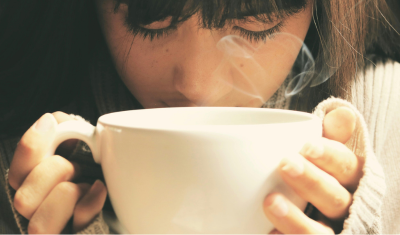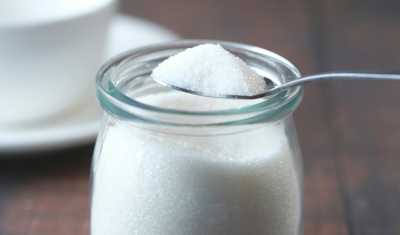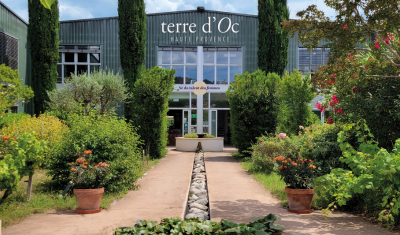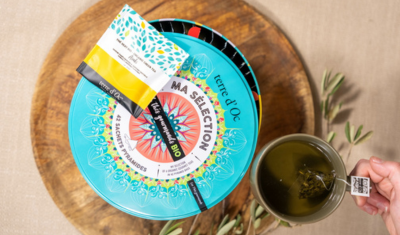Free delivery on purchases over €49 in mainland France !
Gift card: The perfect gift idea to delight your loved ones.
-
< Back
-
- Tea and infusion
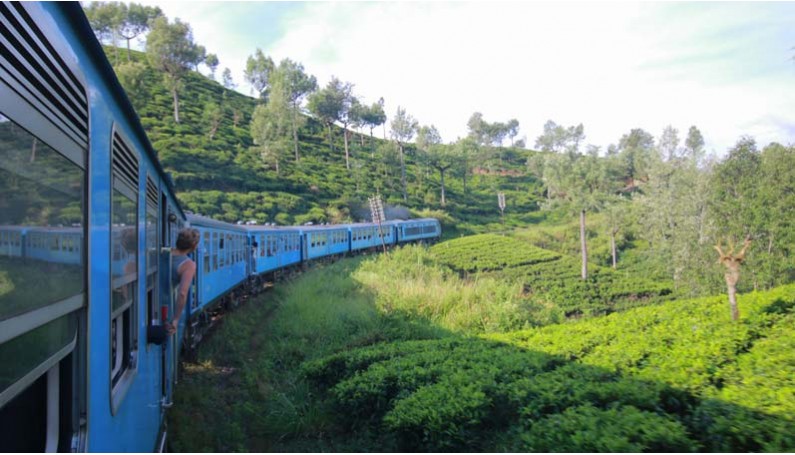
Meeting the tea women in Sri Lanka
From Hapulate, there is not better way to discover the plantations and delight in the steep landscapes and the lush pale green vegetation than by taking the blue mountain train. The train runs along the side of the mountains with its incredible peaks. Each bend reveals new tea landscapes and the tea pickers look like tiny bright beetles. The small producers group together to flee isolation and convert to organic and biodynamic farming.
The Maha Uva project for organic and fair trade farming
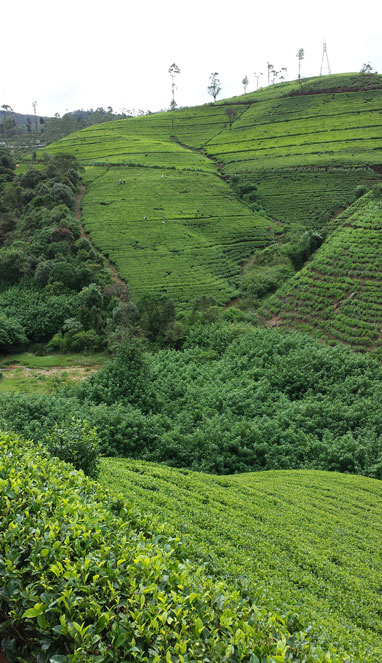
In the MAHA UVA project, the women producers grow organic tea and spices, as well as rice, fruit and vegetables. In the hilly region of Uva an abandoned former tea factory has been rehabbed by a visionary entrepreneur. Dr Sarath RANAWEERA also allows farm workers to have better living conditions. Trained in organic farming, they can rent land and grow their own tea plants. More than 250 of them benefit from this project. The tea factory operates with a small hydroelectric plant, with no carbon emissions and no carbon footrpint. Every day during harvesting, a truck comes by to pick up the harvest and the producers are paid on the same day.
A fair trade bonus
makes it possible to fund projects identified by the producers themselves (school, drinking water, roads, etc.).
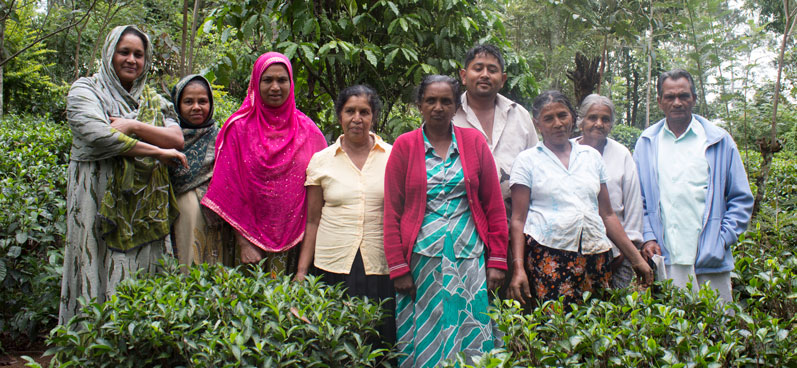

Low grown, Mid grown ou High grown
Ceylon teas are grown at different altitudes and are graded as follows:
• Low Grown are grown below 600 m,
• Mid Grown from 600 to 1200 m,
• High Grown above 1,200 m. In Sri Lanka, the High Grown is considered to be the best Ceylon tea because it is grown at high altitude, and the cool air and mist develop typical aromas. But there are exceptional teas in each region!
Rock teas
From Kalupahana, a winding vertiginous road takes us through breath-taking landscapes of waterfalls and tea trees to Kingslynn Tea Estate, on the border of the famous HORTON PLACES in the High Plateau region near Nuwara Eliya.
In this mountainous region, which is almost inaccessible, the tea factories, a heritage of colonial times, were abandoned long ago. Only KINGSLYYN TEA ESTATE FACTORY which was built in 1860 is still in activity and produces a delicious large-leaved black tea, christened HEAVEN SCENT.
The tea trees grow between the slopes and rocks under the daily mist, between sunshine and showers in breath-taking landscapes in the middle of incredible biodiversity (shrubs, flowers, butterflies, birds).
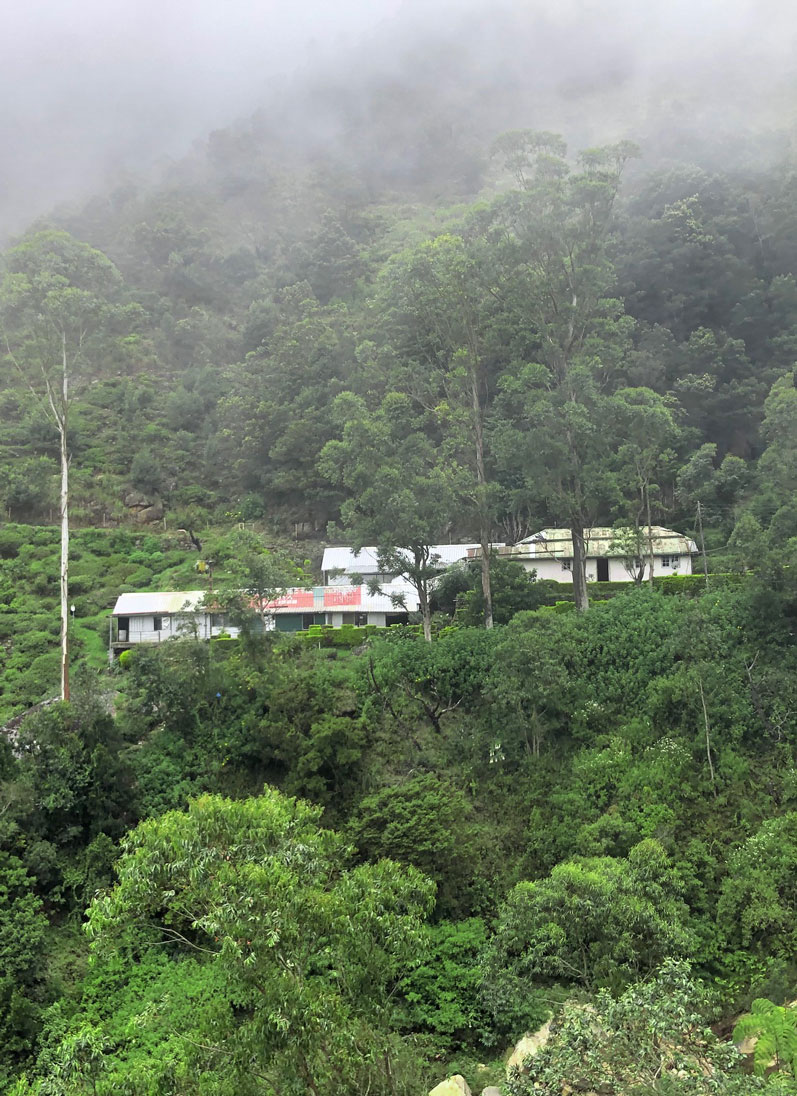
An early morning encounter with the pickers who still use the woven bamboo baskets. Pickin is the only job available for kilometres around. The women pick the tea every morning and leave it at the factory. Then, they go back to the village to cultivate their vegetable patches.
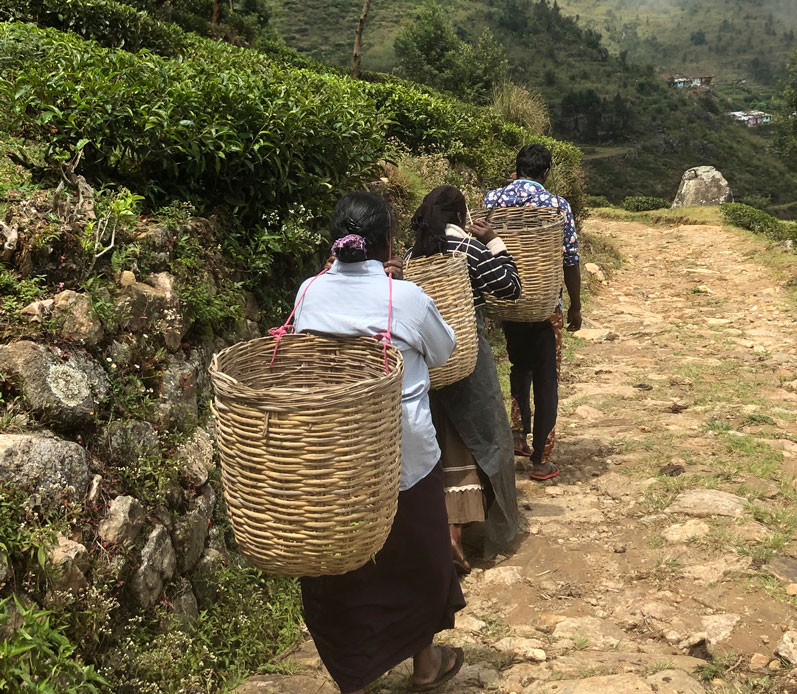
The fields of wild spices in Poojapitiya
They don't look like cultivated fields, it's more of a forest!
Everyhting seems so wild; there are creepers, ferns, trees and flowers… Difficult to see the spices! But in the middle of this intense vegetation, there are pepper trees, cinnamon trees, nutmeg trees and clove trees. The forest's inhabitants look after the trees and harvest the fruits. Each person knows and recognizes their trees, and there are no arguments! You just climb up the trees and beat the branches for the berries, seeds or fruit to fall.
In Poojapitiya, no-one uses chemicals, why poison thelmeselves, evrything grows so fast and so easily; nature is so generous!
The cinnamon tree, which provides the famous Ceylon cinnamon (Cinnanomum zeylanicum), whose aromatic gentleness is incomparable, is harvested after the rainy season, when the drenched bark is easier to peel. The farmers use a machete and their incredible dexterity to harvest the bark which is then peeled, dired and rolled into sticks. Some farmers grow the cinnamon tree in the tea gardens, as both plants grow together in perfect harmony. They say that the tea harvested in these gardens is cinnamon-flavoured!
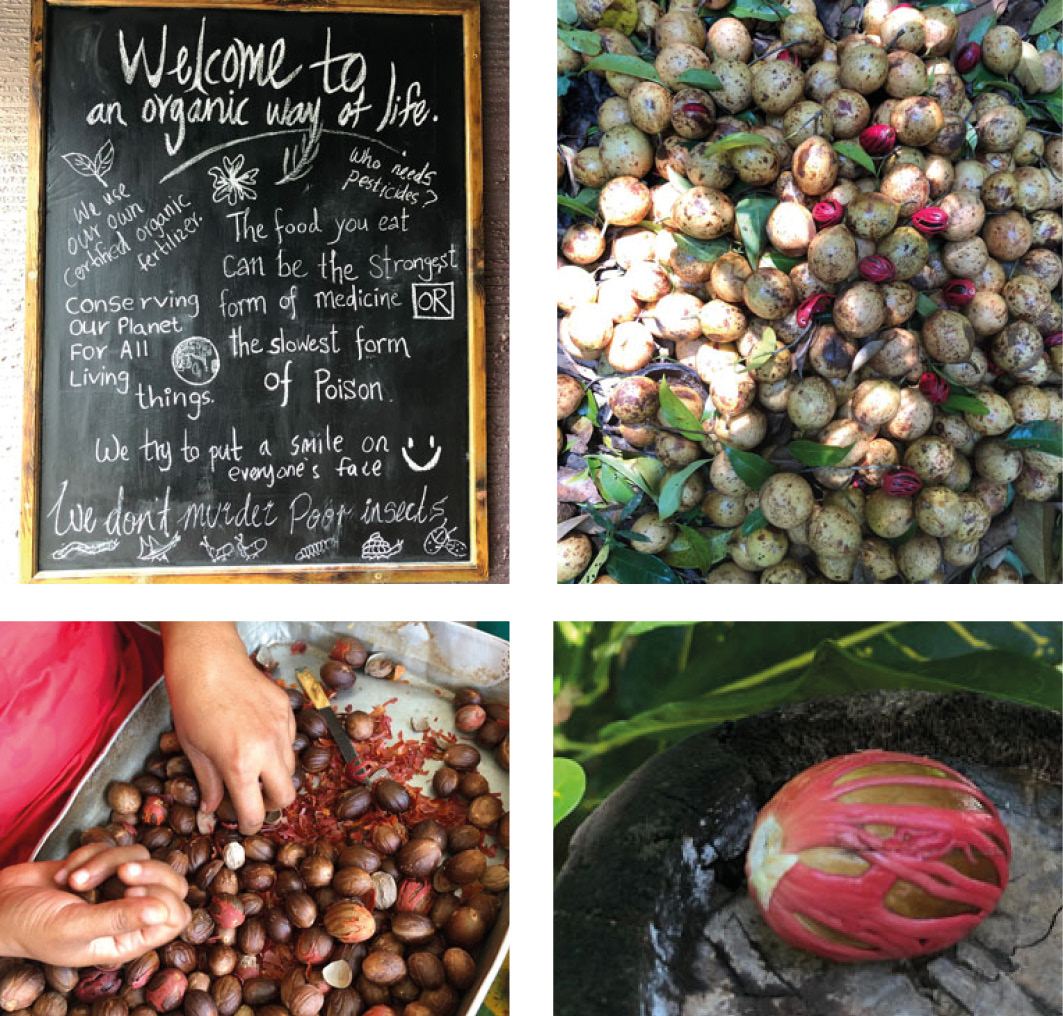
Organic tea with cinnamon from Sri Lanka
MOPA: Marginalised Organics Producers’ Association, the biggest association of small agricultural producers in Asia. There are around 10,000 ""marginalised"" and isolated producers who could not manage to sell their productions for a fair price. Guided and trained by a visionary, Dr Sarath Ranaweera, they group together to flee isolation and convert to organic and biodynamic farming. They grow tea and spices (cinnamon, pepper, nutmeg and vanilla as well as rice, fruit and vegetables.
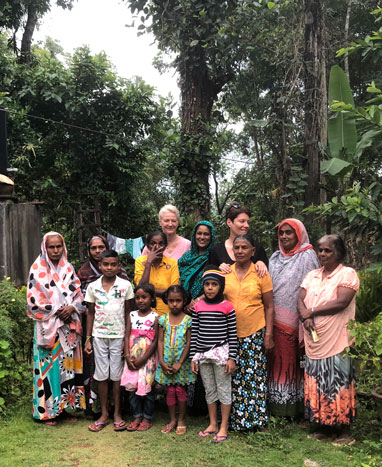
Related posts
-
![[fr-only]](https://www.terredoc.com/img/ybc_blog/post/thumb/rooibos-bio-voyage-village.jpg) [fr-only]
Posted in: Trips19 • 05 • 2020« J’aperçois au loin dans un nuage de poussière sablonneuse, le pick up qui trace la route. Comme chaque jour,...Read more
[fr-only]
Posted in: Trips19 • 05 • 2020« J’aperçois au loin dans un nuage de poussière sablonneuse, le pick up qui trace la route. Comme chaque jour,...Read more -
![[fr-only]](https://www.terredoc.com/img/ybc_blog/post/thumb/mate-bio-blog.jpg) [fr-only]
Posted in: Trips23 • 06 • 2020« Mes compagnons rassemblent encore les petites branches fraichement coupées lorsque que mon regard se perd vers la...Read more
[fr-only]
Posted in: Trips23 • 06 • 2020« Mes compagnons rassemblent encore les petites branches fraichement coupées lorsque que mon regard se perd vers la...Read more -
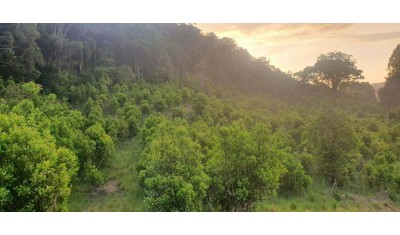 Yerba maté Bio, une vie autour de la feuille…
Posted in: Trips23 • 07 • 2021Déjà 6h, Marcello termine son chimarrão, son yerba maté, et regarde au loin la forêt qui lui procure son infusion et...Read more
Yerba maté Bio, une vie autour de la feuille…
Posted in: Trips23 • 07 • 2021Déjà 6h, Marcello termine son chimarrão, son yerba maté, et regarde au loin la forêt qui lui procure son infusion et...Read more




